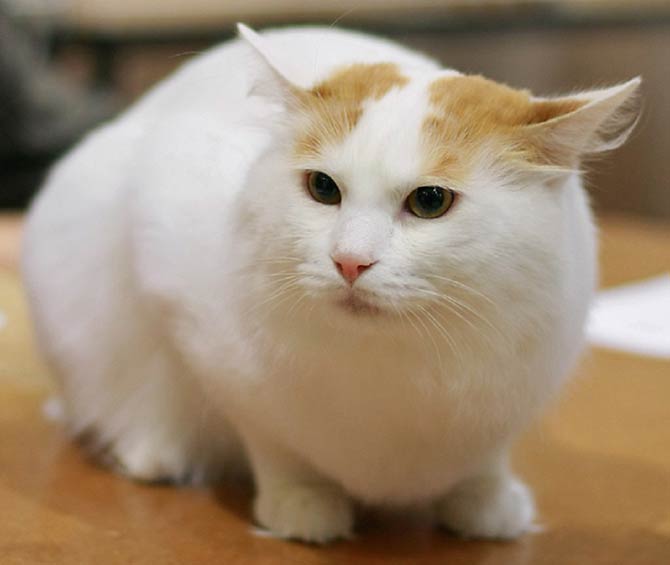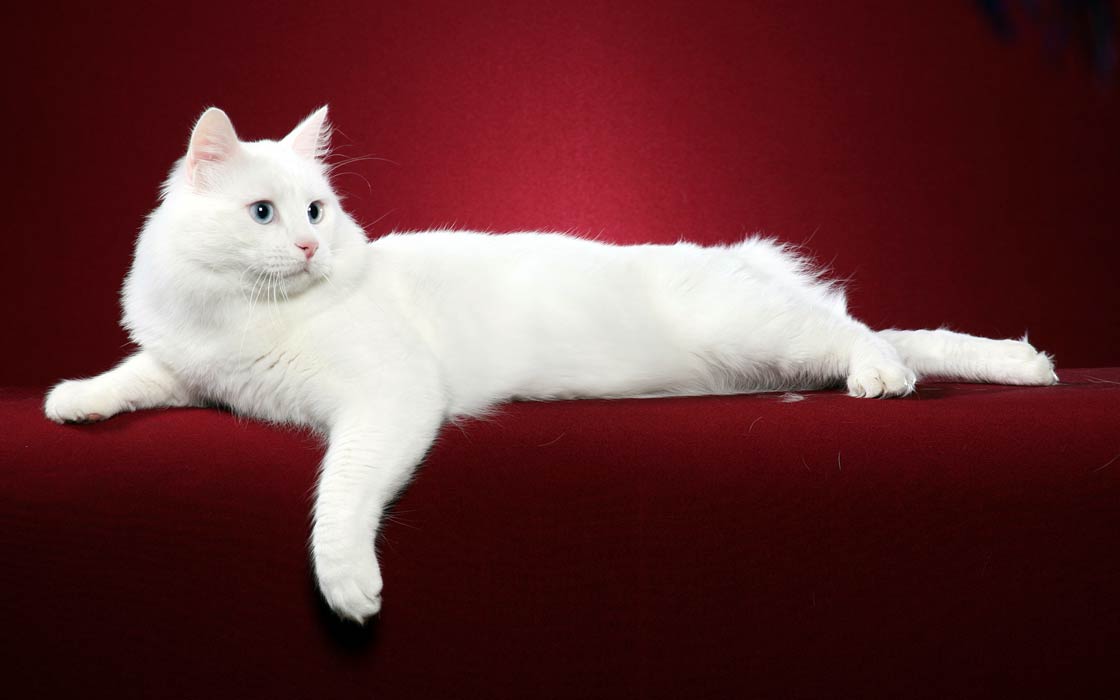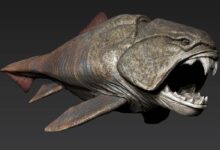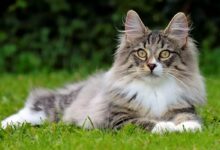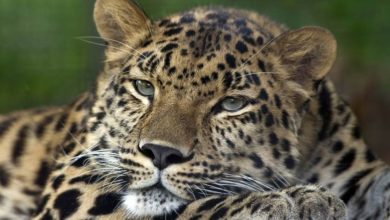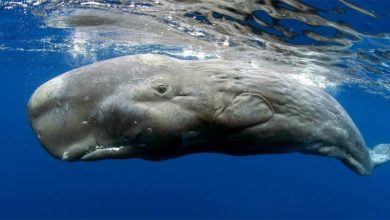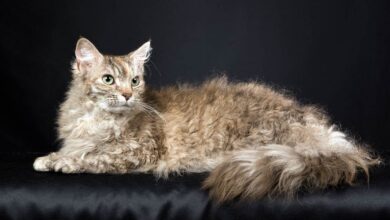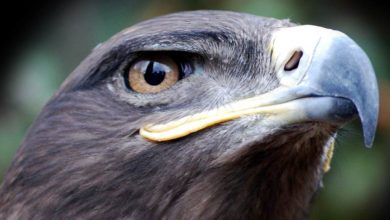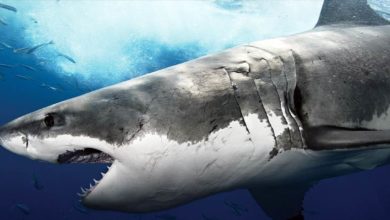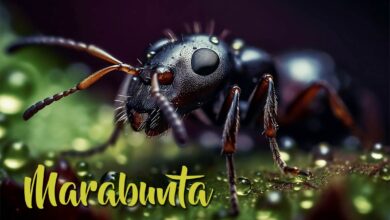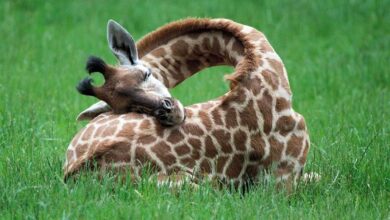Turkish Van – a semi-long hair cat
A cat that does not always land on its four paws, but can swim. In Jewish and Islamic tradition, this cat was an animal touched by God himself. This was to be proved by the immaculately white fur. However, where did the colored spots on its body come from? Well, when the cat was on the Ark, someone trapped its tail – and in this way, it took on red shades. The markings on its head, on the other hand, are a trace of a divine touch. However, how do people who do not believe in parables look at the unusual color of the Turkish Van? By the way, do you remember the cat that Noah caught its tail on the Ark 🙂 Ah, this Noah…
FIFe classification
- Category II: Semi-longhair cats
- EMS code: TUV
- Other names: Turkish Cat, Van, Kurdish Van, Swimming Cat, Eastern Cat, Turkish, Ringtail Cat, Russian Longhair
- Country of origin: Turkey, the first breeding program – Great Britain
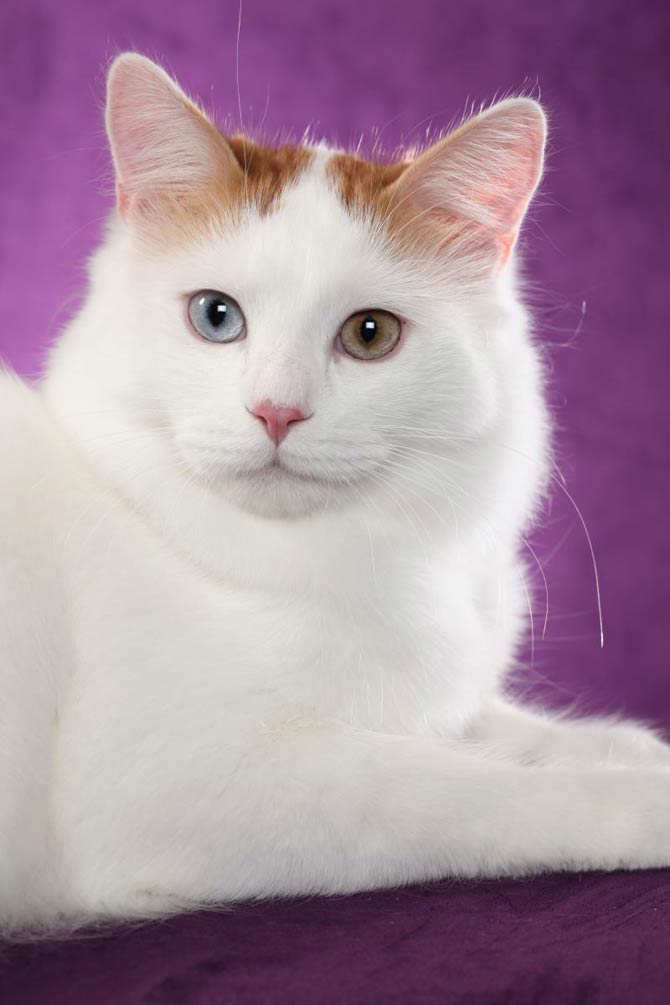
History of the breed
It is believed that the breed of this beautiful cat comes from the area of Lake Van, located in Turkey. Certainly, the harsh climate and mountainous terrain contributed to the development of thick hair in these cats, which visually increases the size of the animal.
The Turkish Van was created through natural processes; it probably existed in its homeland for centuries.
The invaders attacking Turkey were interested in a breed unseen anywhere else, so much so that they exported it to their countries.
It was only in the 1970s that the Turkish Van got to the United States. The ICA recognized the breed in 1985 and the CFA registered it in 1988. In Turkey, these cats are considered a national treasure and their conservation is under the constant control of the University of Agriculture and the Ankara Zoo.
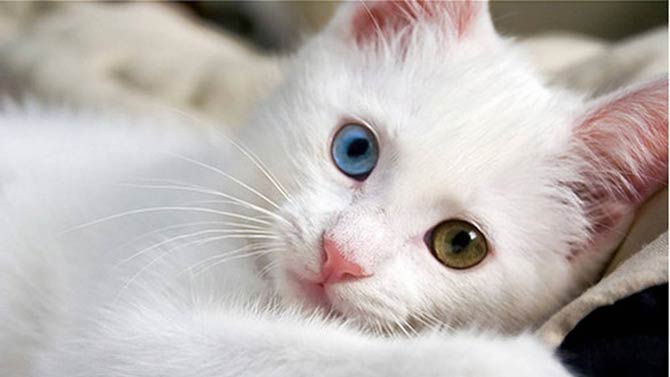
Characteristic
Appearance
Although the breed belongs to the category of semi-longhair cats, unlike most of them, it does not have an undercoat. For this reason, Turkish Van’s fur feels like cashmere or rabbit fur to the touch. The structure of the hair, however, makes it waterproof, which allows the cat to play in the water.
This cat is rather large and heavy. Its hind limbs are slightly longer than the front limbs, so its center of gravity is closer to the front of the body. The paws are large and well adapted to jumping. So do not be surprised if your Turkish Van jumps from the floor onto the fridge.
The coat is originally multi-colored, but is broken by large patches of white. In the case of the Turkish Van, most of the body surface is white, while the colored elements appear on the head and tail. Small colored spots may also appear on the trunk and limbs. The coloration within the breed is blue, black, red, brindle, cream, brown and tortoiseshell. The skin on the nose and paw pads is pink, but spots and mottling may also occur.
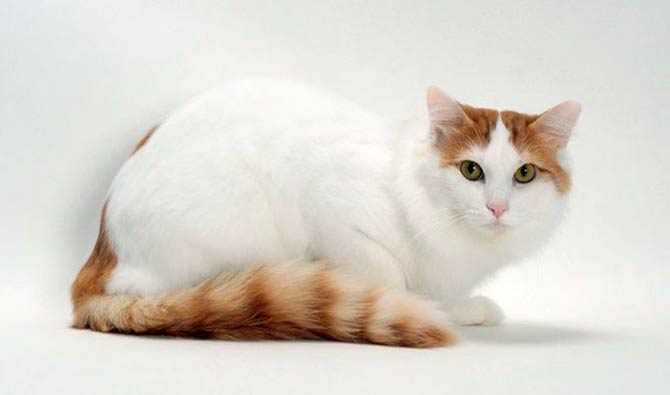
Physique
The head is wedge-shaped, and the ears are medium in size, slightly rounded at the tips. The eyes are also round, with irises taking on shades of blue or amber. There are also multi-colored eyes.
To survive in harsh environmental conditions, the Turkish Van was equipped with a strong body, wide chest and long, muscular limbs. Males are much larger and more strongly built than females. In severe conditions, the hair is also important – in the summer months, it is thin and short, elongates and insulates well against the cold in the coldest months.
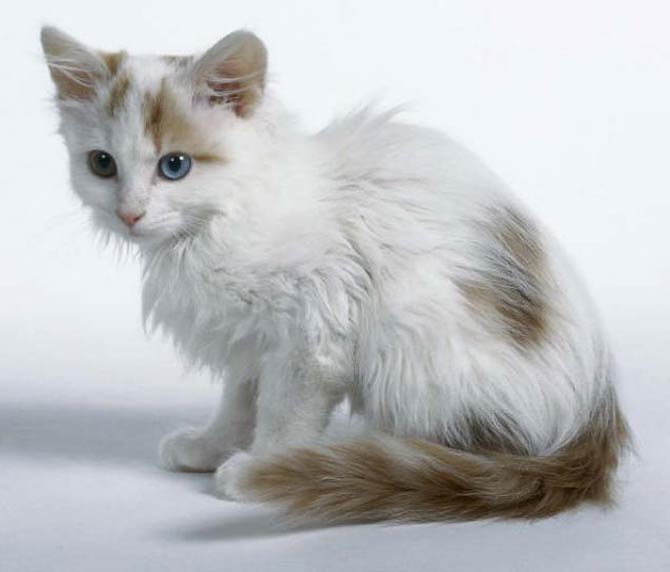
Temperament
A well-socialized Turkish Van will be tender and loyal to family members. Don’t be alarmed if out of all the caregivers it “picks” one or two people with whom it is most likely to spend time.
Thanks to high intelligence, it can learn tricks, including retrieving. It is also very fond of toys that imitate prey. Thanks to them, it gives vent to its hunting instincts.
If you cannot find Turkish Van on the ground, look above – it may be hiding on a bookshelf or on a doorframe. Since it loves climbing and will observe the thing that it pushes with its paw with full curiosity, it is better not to keep things within its reach that are easy to break or break.
Its body is athletic, but its weight makes it rather clumsy – it is probably the only cat that doesn’t always land on its feet.
Bear in mind that Van will not be comfortable with traveling or seeing a doctor. Before going out, it may vomit, urinate or defecate – these will not be symptoms of physical illness, but of stress. So before you decide to go to the Caribbean with your beloved Turkish friend, ask its breeder whether the line it comes from is resistant to changes in the environment.
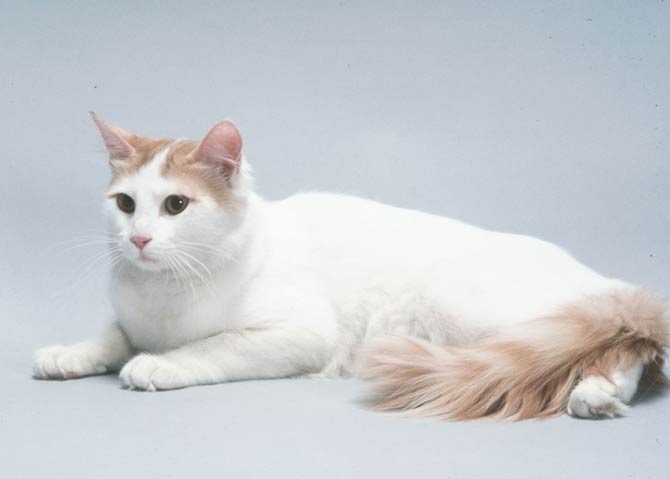
Vanmeter 🙂
It is rather restrained – it can be seen even during pedigree cat shows, when it feels better on the table than presented in the air. However, if someone tries to force it to behave that it does not accept, it will let you know about it by … changing the color of the nose. This part of the body is sometimes called the Vanometer – when the skin on the nose is light pink the cat is calm, but when it turns dark red it means that the cat is getting nervous and should be left alone.
Even though the Turkish Van rarely lies on the owner’s lap and does not like being carried on the hands, it wants to cuddle up to its caregiver and even sleep in the bed. So the cat decides how it is to be caressed. This proves its independence, but also moderate sensitivity.
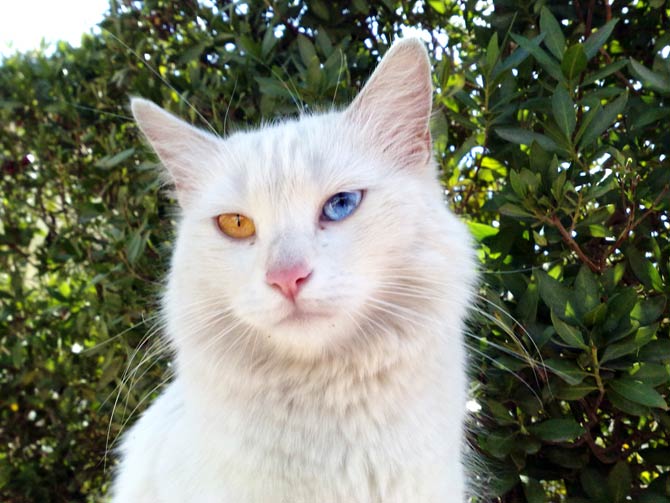
Love for water
It is not without reason that the Turkish Van is also called Swimming Cat. This animal loves water. All kinds of reservoirs, such as swimming pools, ponds, and even bathtubs, arouse great admiration in it. So do not be outraged if your Van spends a lot of time in the sink, under the tap. The Turkish Van simply feels great joy in contact with water. In hot weather, it can stay there very often. It owes its great swimming skills to some extent to its membranous paws.
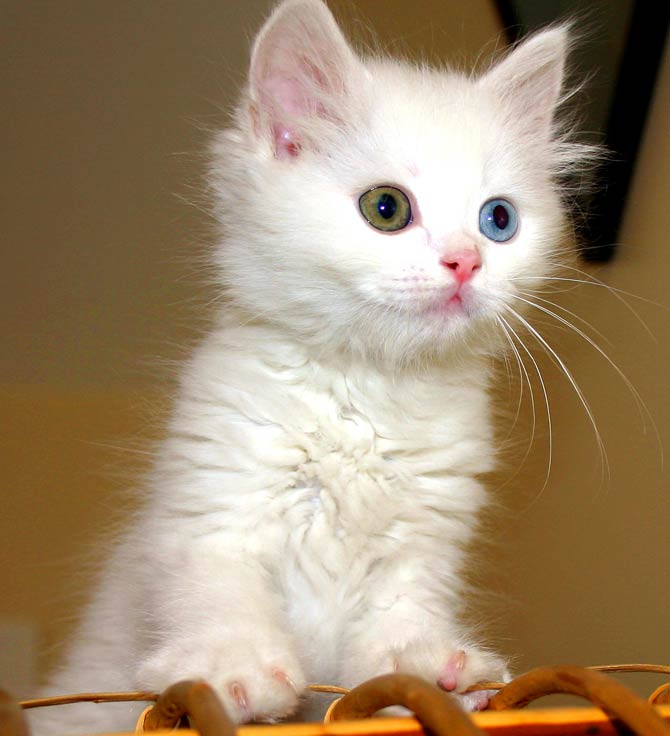
Detailed data / dimensions (size)
Turkish Van cat
- Body length with tail: up to 100 cm (3.3 ft)
- Height at the withers:
- males 32-36 cm (12.6 – 14.2 in)
- females 30-35 cm (11.8 – 13.8 in)
- Weight:
- males 4-8.5 kg (8.8 – 18.7 lb)
- females 3-5 kg (6.6 – 11 lb)
- Lifespan: 12-17 years
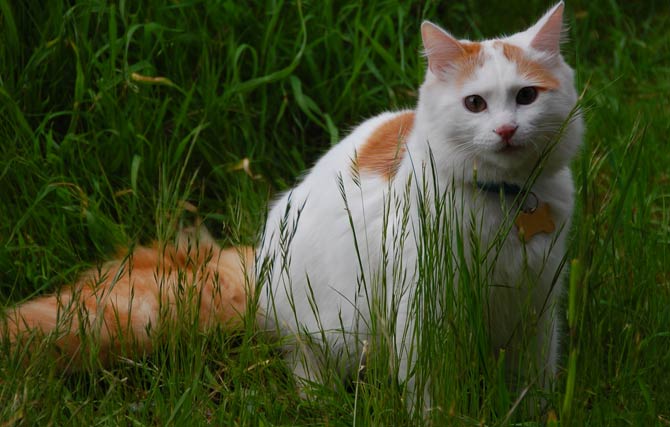
Turkish Van – interesting facts
- According to legend, Turkish Vans appeared in Turkey thanks to Noah’s Ark, which influenced Mount Ararat, located near Lake Van.
- Cats of this breed mature for a long time – only after 3-5 years they reach their full size.
- Occasionally, within the breed, there is hypertrophic cardiomyopathy – a disease that is characteristic of cats in general.
- The pattern on the coat is called a van color among breeders. The colored elements are limited to the head and tail, while the rest of the body is white. Such an unusual arrangement of colors proves partial leucism – the lack or limitation of dark pigment in the skin.
